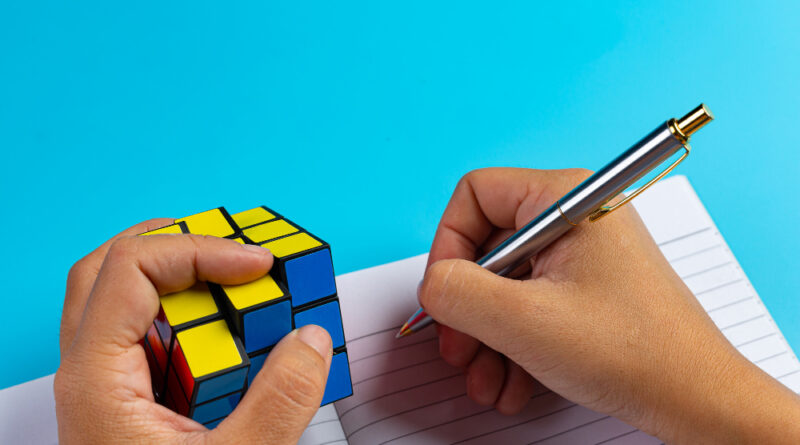Top 10 Rubik’s Cube Tricks for Faster Solving
Solving a Rubik’s Cube is a skill that combines spatial reasoning, agility, and strategy. For enthusiasts looking to improve their solving times, mastering certain tricks and techniques is essential. This article explores the top 10 Rubik’s Cube tricks that can help cubers reduce their solve times dramatically. From beginner’s shortcuts to advanced finger tricks, these strategies are designed to optimize performance and efficiency.
1. Cross on the Bottom
Starting with the cross on the bottom (instead of the top) is a foundational trick for speedcubing. This position allows for better visibility of the remaining pieces and provides easier transition to other layers. Practice aligning the edges to form a cross on the bottom layer accurately and swiftly before moving to solve the sides.
2. F2L (First Two Layers) Pairing
F2L is crucial in speed solving, as it combines solving the bottom two layers simultaneously rather than sequentially. The trick is to insert corner and edge pairs together into their designated slots. Learning F2L reduces the number of moves significantly and improves times. Master different pairing techniques and insertion methods to become more proficient.
3. Use of Finger Tricks
Finger tricks are methods of turning the cube that are faster than using the whole hand. Techniques such as flicking the U layer with the index finger or performing D layer moves with the ring finger can speed up solve times considerably. Practice these to reduce wrist motion and increase turning speed.
4. Look-Ahead Ability
Developing the ability to ‘look ahead’ involves planning the next moves while executing the current ones. This continuous flow reduces pause times between algorithms and keeps the solve smooth and fast. Start by slowing down and consciously avoiding looking at pieces being solved, focusing instead on unsolved parts.
5. Optimized PLL and OLL Algorithms
Permutation of the Last Layer (PLL) and Orientation of the Last Layer (OLL) are stages that can be executed quickly with optimized algorithms. Learn algorithms that require fewer moves and practice them until they can be executed without hesitation. The aim is to reduce the cube’s last layer to a sequence of swift, reflexive movements.
6. Algorithm Chunking
Chunking involves memorizing algorithms as blocks of moves rather than individual turns. This mental grouping can help you execute sequences more quickly and accurately. Break down complex algorithms into manageable parts and practice them as units.
7. Controlled Cube Resets
Resetting or re-gripping the cube wastes valuable time. Work on holding the cube in a way that minimizes the need to adjust your grip. Practice turning the cube with various finger tricks to maintain a consistent grip throughout the solve.
8. Cube Lubrication and Maintenance
A well-maintained cube is essential for fast solving. Regularly lubricating the cube can reduce friction between the pieces, allowing for smoother and faster turns. Additionally, ensure your cube’s tension is adjusted to your preference to aid in quicker manipulation.
9. Intermediate and Advanced Last Layer Shortcuts
Beyond basic OLL and PLL, there are intermediate and advanced shortcuts that can solve the last layer with fewer moves. Techniques like ZBLL (Zborowski-Bruchem Last Layer) or COLL (Corners of Last Layer) can offer alternatives that might be quicker in specific scenarios. Study and practice these to add flexibility to your solving strategy.
10. Regular Timed Practices
Consistent, timed practice is crucial. Set regular practice sessions where you time your solves, analyze where you’re losing time, and focus on those areas. Use a mix of untimed, slow solves for technique improvement and timed solves to build speed under pressure.
Conclusion
Mastering these top 10 Rubik’s Cube tricks can significantly enhance your solving speed and efficiency. Each technique, from basic maneuvers like the cross on the bottom to more advanced strategies like look-ahead and algorithm chunking, contributes to a faster and more fluid solving experience. Dedication to regular practice and continuous refinement of these skills will lead you to achieve impressive speeds and possibly compete at higher levels.

